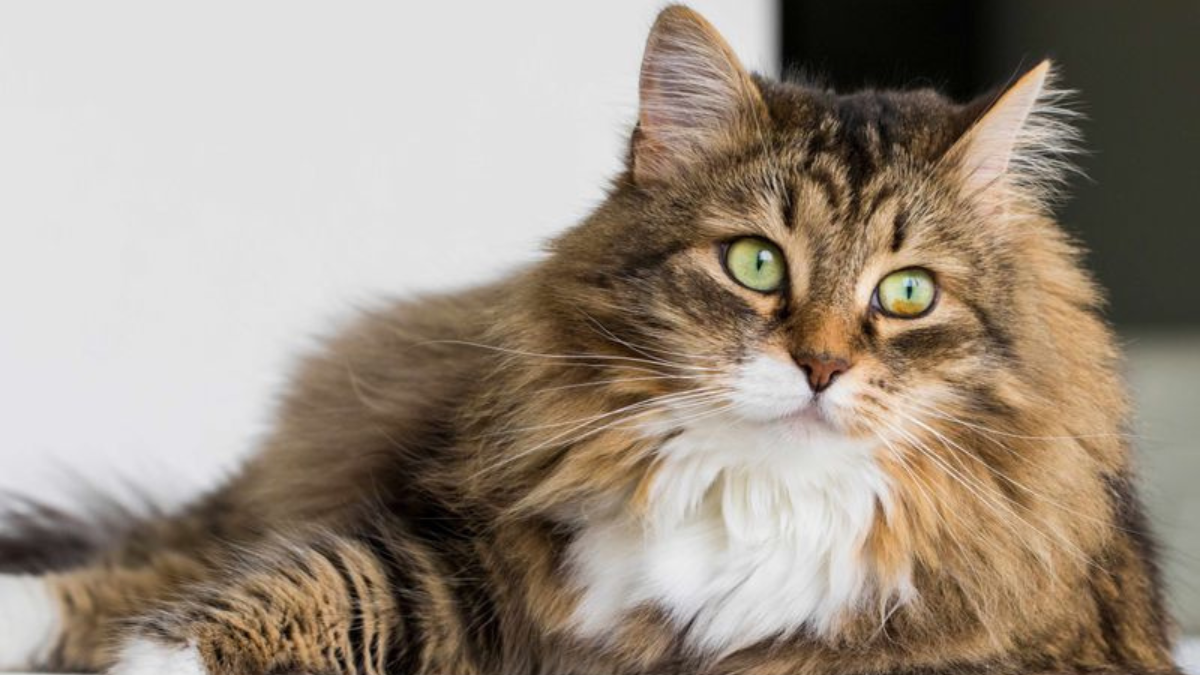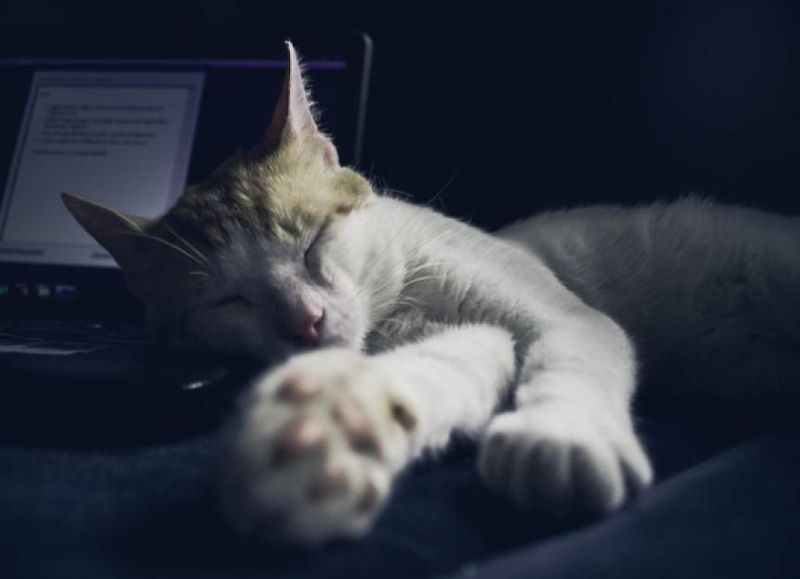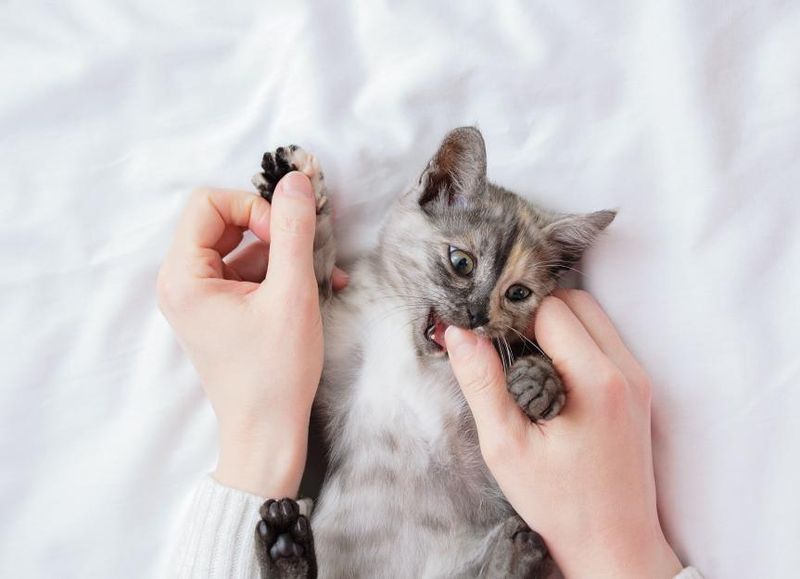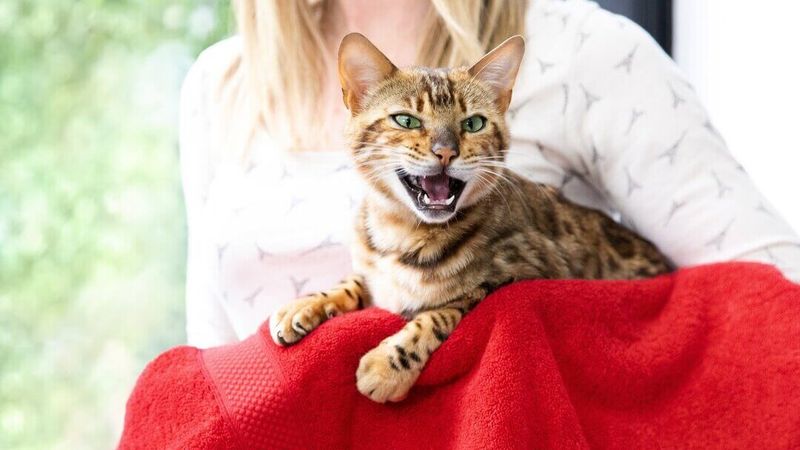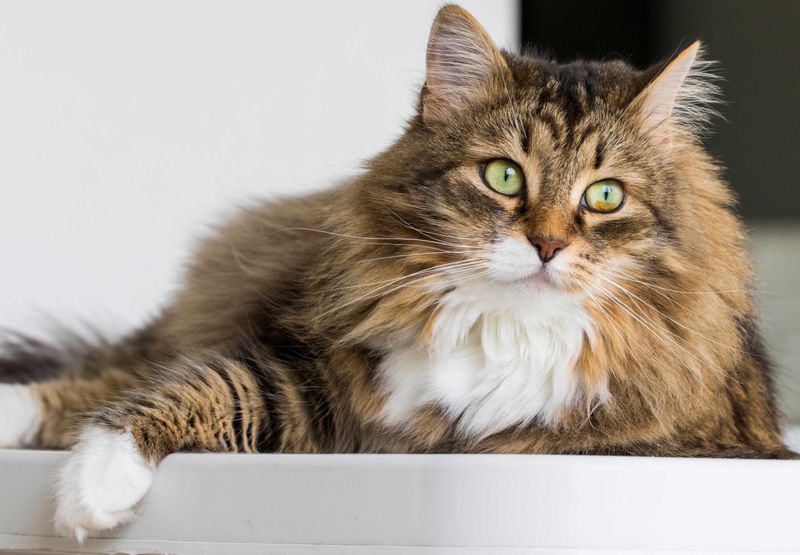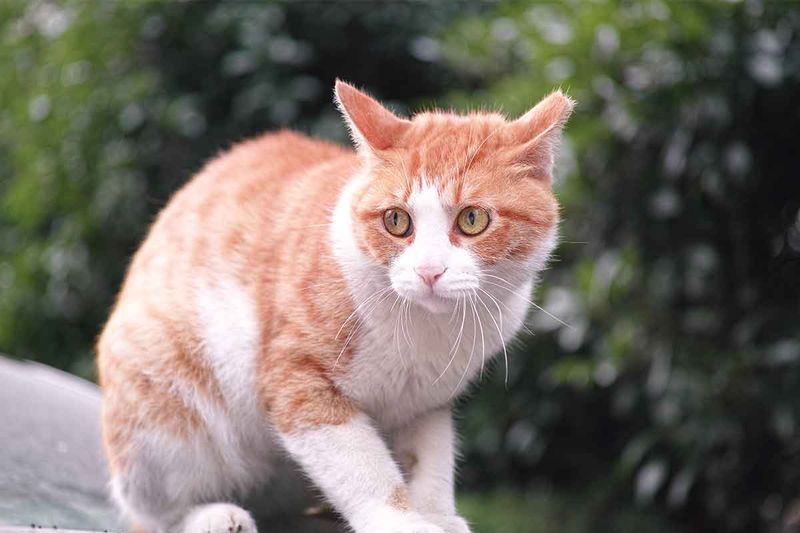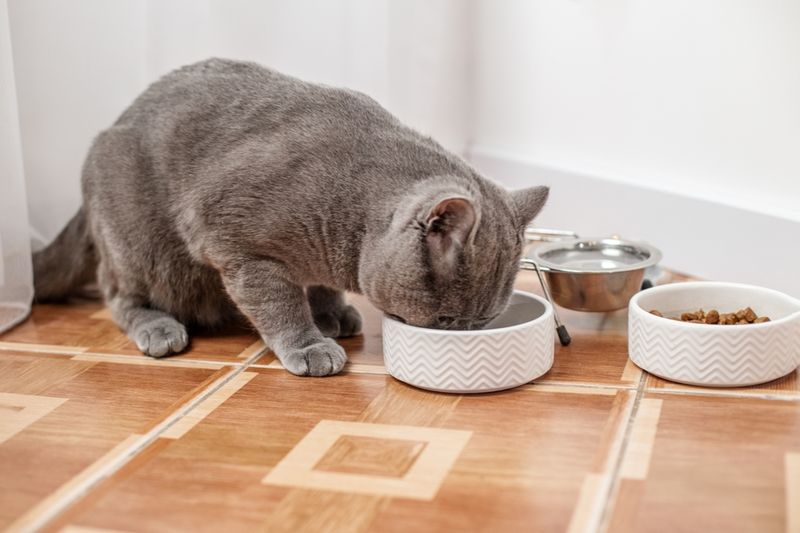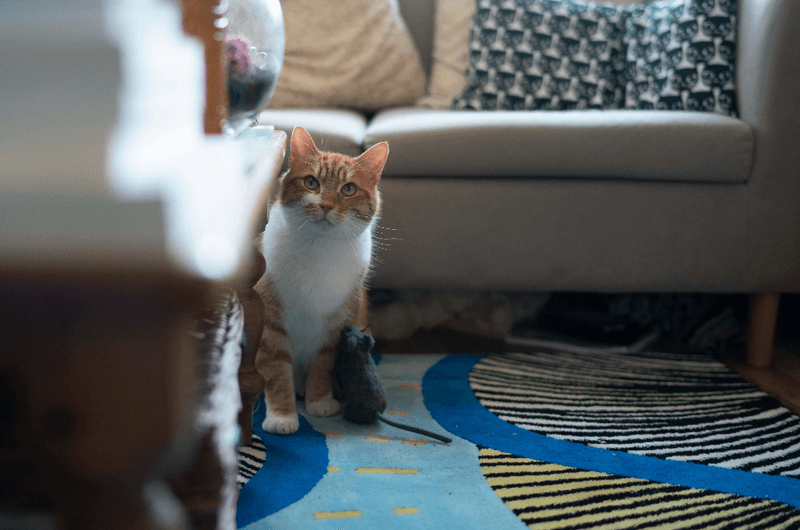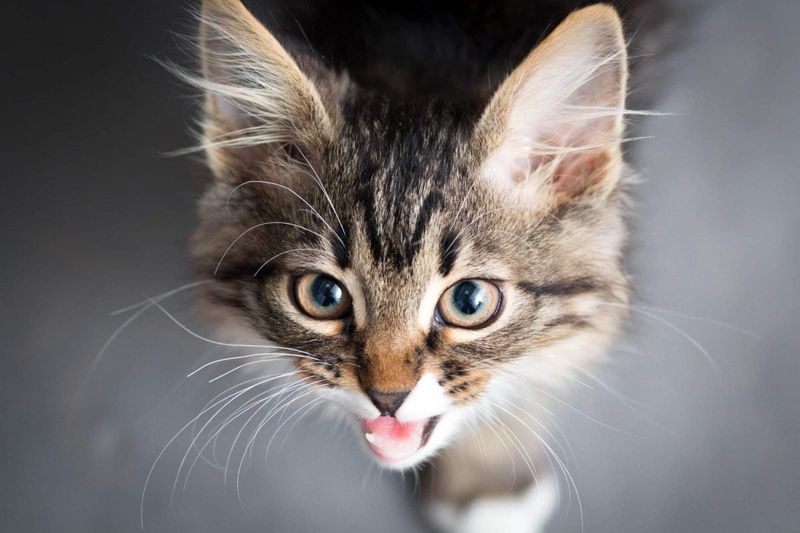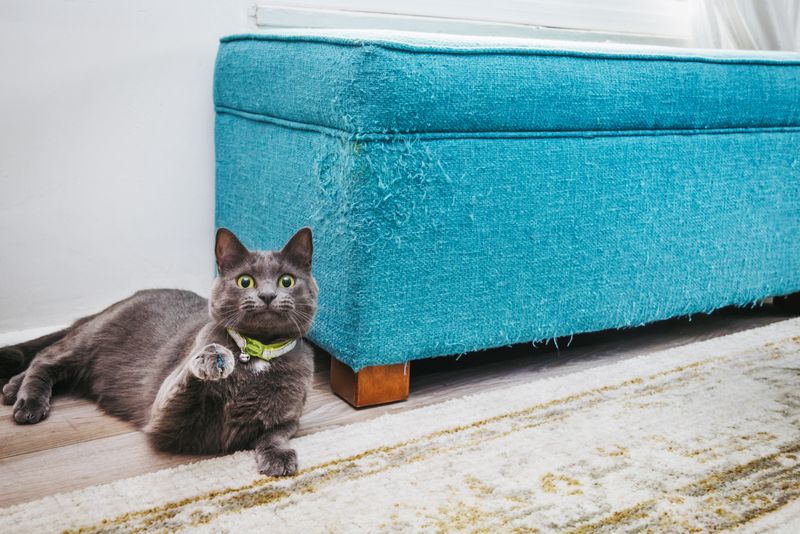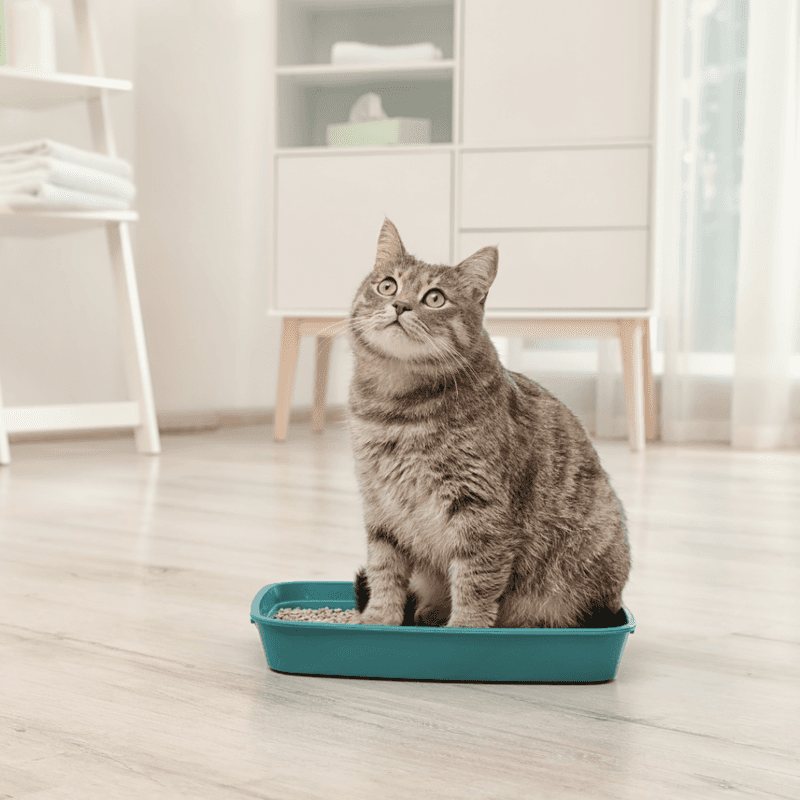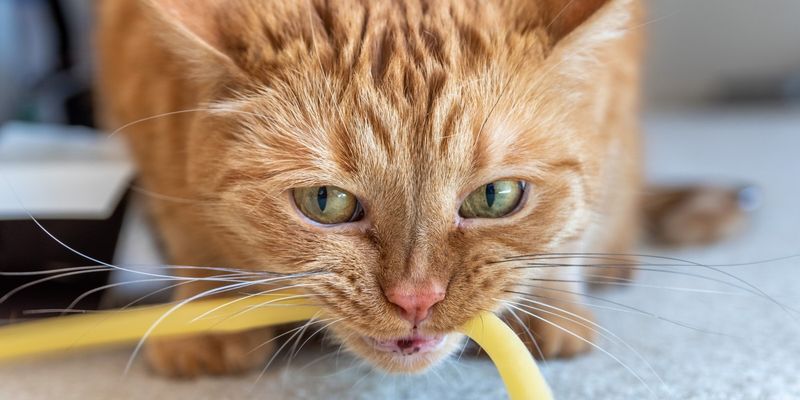📖 Table of Content:
Cats are sensitive beings capable of carrying emotional burdens from past experiences. These unspoken scars often appear through specific behaviors—withdrawal, defensiveness, or even fear. Such patterns, though subtle, reveal much about a cat’s emotional state.
With time, patience, and a stable environment, many of these behaviors begin to shift. Fearful glances soften, defensive postures relax, and moments of calm become more frequent. Healing allows the cat’s true personality to surface.
Recognizing the behaviors that fade during emotional recovery can offer valuable insight into a cat’s inner world. These changes reflect not just comfort, but trust and safety. Observing them closely reveals the quiet power of healing in a cat’s life.
1. Nighttime Restlessness
Nocturnal agitation is a common sign of emotional distress in cats. This pattern can ease as the cat begins to feel safer and more secure. What starts as reduced nighttime activity can eventually lead to consistent, peaceful rest.
Providing a safe and comforting environment significantly aids in this transformation. As these emotional wounds heal, bedtime becomes a restful, rejuvenating experience for both cat and owner, signifying a profound shift in the cat’s emotional well-being.
2. Aggressive Play
Aggressive play can often be a sign of underlying stress or past trauma. Cats that nip or scratch during play are not necessarily mean-spirited but may be expressing pent-up emotions. Emotional healing helps in calming these aggressive tendencies. Playtime evolves into a more relaxed and enjoyable activity, where both cat and owner can engage without fear of sudden outbursts.
Patience and gentle interactions encourage this shift. As the healing journey progresses, play becomes a delightful bonding time, free of aggression and full of joy, revealing the cat’s true playful spirit.
3. Fear of Strangers
Many cats exhibit fear or anxiety around new people, often hiding or displaying defensive behaviors. This fear typically stems from past negative experiences or a lack of socialization. Emotional healing gradually replaces fear with curiosity and confidence. Cats begin to approach strangers with a sense of safety, open to new experiences.
This transformation is a testament to their capacity for trust and resilience. Encouragement and positive experiences with visitors facilitate this change. As they heal emotionally, their world expands, and they greet newcomers with a newfound sense of adventure.
4. Over-Grooming
Stress in cats can manifest through over-grooming, frequently resulting in bald spots or raw skin. When emotional balance is restored, this compulsive behavior tends to subside. A soft, full coat and a more peaceful presence soon return.
Creating a stress-free environment and addressing the underlying emotional issues are key to this transformation. As they heal, the urge to over-groom subsides, replaced by calm grooming habits. This change is not only visible in their appearance but also reflects their inner peace and contentment.
5. Avoiding Eye Contact
When a cat avoids eye contact, it’s often expressing fear or unease. Since eye contact plays a key role in feline communication, its absence can signal emotional distance. As healing occurs, trust builds, and cats begin to meet gazes with comfort and confidence.
Gradually, they begin to hold eye contact longer, expressing affection and understanding. This shift indicates a burgeoning bond and mutual respect. Encouraging gentle interactions and respecting the cat’s pace aids in this transformation. The newfound ability to hold a gaze is a subtle yet powerful indicator of emotional recovery.
6. Food Guarding
Food guarding is a behavior rooted in insecurity, often seen in cats that have experienced scarcity or competition. Emotional healing cultivates a sense of abundance and safety, gradually diminishing this habit. Over time, cats learn to trust that food will always be available, reducing the need to guard it aggressively.
The dining experience becomes more relaxed and enjoyable for both the cat and the owner. This transformation requires patience and consistent positive reinforcement. As the cat heals, the once tense mealtime atmosphere turns into a peaceful shared moment.
7. Hiding Excessively
Hiding is a natural coping mechanism for cats dealing with fear or insecurity. Cats recovering from emotional wounds often need time before they feel ready to rejoin the household. A calm, safe space helps ease this transition, allowing their curiosity to return.
As they become more confident, they begin to spend more time in communal areas, enjoying the company of their human companions. This shift from hiding to socializing signifies a significant leap in their emotional recovery, enhancing their quality of life.
8. Constant Meowing
Constant vocalization in cats is frequently a sign of emotional distress, such as loneliness or anxiety. This type of communication often points to deeper emotional needs that are not being met. Over time, as trust and security grow, this behavior typically decreases.
The relationship between the cat and the owner strengthens, leading to a more peaceful coexistence. As trust builds, cats become more content, reducing the need for constant vocalization. The silence is not just an auditory relief but a testament to their inner tranquility. This transformation nurtures a deeper connection and mutual understanding.
9. Scratching Furniture
When cats scratch furniture, it can stem from stress or a lack of suitable places to satisfy their natural instincts. Over time, as their emotional state improves, they are more likely to turn to designated scratching posts. Providing these alternatives, along with a secure environment, encourages healthier behavior.
This not only preserves household items but also satisfies their need to scratch, which is essential for their health. The change reflects a harmonious balance between their emotional state and instinctual behaviors, showcasing their adaptability and growth.
10. Litter Box Issues
Issues with the litter box can stem from anxiety or negative past associations. Emotional healing helps cats feel more relaxed in their litter area, creating a more positive experience. This transformation involves both emotional support and ensuring the litter box is physically inviting.
Providing a clean, stress-free space helps cats feel secure using their litter box. Over time, the issues often subside, reflecting their improved emotional state. This change not only alleviates household stress but also enhances the cat’s quality of life, symbolizing a successful journey towards emotional wellness.
11. Destructive Chewing
A cat’s persistent urge to bite or chew often points to stress, boredom, or the teething phase. As emotional healing takes place, they become more balanced and less inclined to chew destructively. The process involves providing engaging toys and rewarding good behavior, helping them break the habit.
This change not only saves belongings from damage but also fosters a happier and more content feline. The presence of a variety of engaging toys satisfies their natural curiosity and need for oral stimulation, marking a successful emotional recovery.
